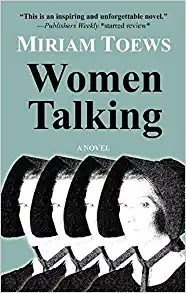Last Night's Bike Ride

On Thursdays we open and close early—thus, I get home around 5:15 pm. These spring days there is still a lot of daylight; the sun doesn’t set until; about 8:20 pm. So after dinner I hopped on my bike and went out for a ride. At the moment everything is green and flowering. White and pink blossoms carpet the pathway. I feel like it has taken awhile—and still, there is a see-sawing of temperatures and seasons within a day/week. Whenever I point this out, folks reply, Michigan! And throw up their hands. On my 2-hour ride I saw a pair of swans on a wetland pond and a family of deer grazing right off the path in the woods. I’m not out in the countryside by any means; I’m right off residential areas where nature has been allowed to co-exist. This time of year I also catch a glimpse of turtles sunning themselves on logs and croakers and peepers and blarers (frogs/toads) at the various vernal ponds and wetlands setting up a racket. It is soul-soothing to get out and ride after dinner—I’ll hav











